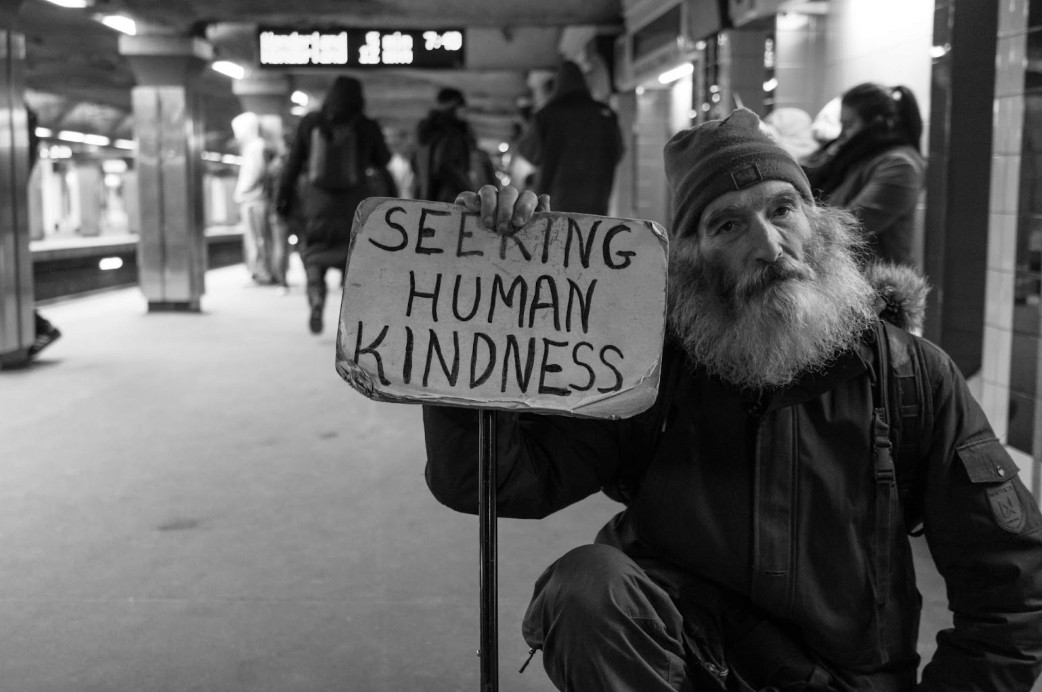Obstacles Against Battling Homelessness

Homelessness is an age-old crisis exacerbated by the COVID-19 pandemic, leaving nearly 600,000 Americans unhoused in 2020. The main driver of homelessness is housing affordability, which is especially true within California. It is estimated that 1.2 million new affordable homes will be needed by 2030 in order to meet the housing demands of Californians with low incomes. And, because housing itself is so expensive, even a small financial emergency can risk homelessness.
This crisis is undeniably a problem; however, many argue over what the best solutions would be. A popular method of combatting homelessness is the building of homeless shelters. These places provide temporary residence and many other supportive services to help people experiencing homelessness get back on their feet.
However, many of these homeless shelters have certain requirements that make things a little more complicated: People who check in have to be there voluntarily, sober, and employed. This makes sense, as these shelters want to ensure the process is efficient and safe. Yet, this leaves out a large group of people experiencing homelessness who may have mental illnesses and addictions that make it difficult to ask for help. Furthermore, these shelters are likely grounds for the transfer of disease, which is especially concerning as COVID-19 still persists.
The Housing-First method was created in the 1990s and was revolutionary in its approach, as it provided more than just temporary shelters. Back then, many believed that people experiencing homelessness needed to fix their mental problems first before being stable enough to acquire housing. However, the Housing-First method directly moves people from the streets to apartments, instead of just shelters. It’s built upon the idea that it’s first necessary to have basic needs met, such as food and shelter, so that people experiencing homelessness are better equipped to improve their mental health, get a job, and find stability.
It also stresses the idea of “care not cash”, meaning that funds will be diverted away from cash benefits for people experiencing homelessness and instead to building permanent homes. This quickly became the guiding principle for many homeless programs, and communities that followed that approach were given incentives. But, this act did receive some pushback, and Congress retaliated by protecting the method through using wording in the 2020 CARES Act (Coronavirus Aid, Relief, and Economic Security Act) that prohibited any of the $4 billion allocated for pandemic homeless aid to be stifled in any way, such as requiring any prerequisites to receiving aid.
Despite this, not all implementations have been a success. For example, Arizona has built over 7,000 permanent homes since 2010, which was enough to house every unsheltered person when they began, but the number of people experiencing homelessness in Arizona increased by 50% in recent years. Many argue that it is both expensive and misguided, especially since, according to the California Policy Lab, three in four of the unsheltered homeless have substance abuse problems, 78% have mental health conditions, and 84% have physical health issues.
However, some states, such as Houston have had notable successes. For the past decade, it has been dedicated to the Housing-First method, and from 2011 to 2020, Houston’s population of people experiencing homelessness decreased by 55% (8,400 people to 3,800 people). The success in Houston is typically cited when weighing the success of the Housing-First method.
Furthermore, there has been much opposition from people referred to as NIMBYs. NIMBY stands for “Not In My Backyard”, which has become a popular reference to residents of a neighborhood who socially reject a new development because it is considered inappropriate or unwanted. For example, after the former Mayor of Riverside Bailey slept in metal sheds to raise awareness for homelessness and pushed for local churches to offer shelters for the homeless, neighbors put up signs saying “No Homeless Shelters”. Residents didn’t want to invite people experiencing homelessness into their neighborhood.
This issue continues to receive increasing attention, as homelessness costs taxpayers lots of money. For example, in 2019, New York City spent a record-breaking $3 billion on the crisis, and California is expected to break its record, allocating $4.8 billion to the same issue over the next two years. And, even with the increasing attention and budget, overall homelessness in the U.S. has only improved by 10% since 2007.
The Atlantic
NCBI
Cronkite News
SB Sun
Cal budget center

